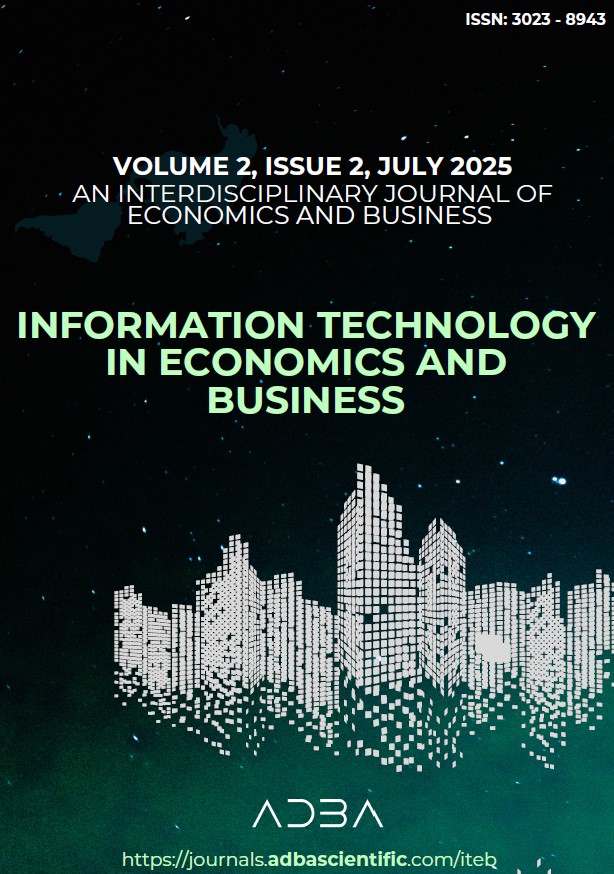Abstract
Medical imaging technologies have a critical role in improving healthcare efficiency, diagnostic accuracy, and patient outcomes. This study investigates the global distribution of advanced medical imaging devices such as computed tomography (CT), magnetic resonance imaging (MRI), positron emission tomography (PET), and mammography across OECD countries between 2015 and 2023 using OECD health data. Using correlation and regression analyses, this research explores the relationships between imaging device density, healthcare infrastructure capacity, population size, and healthcare expenditures. The analysis reveals a strong positive correlation between imaging device availability and healthcare infrastructure capacity ($\rho = 0.77$), as well as a robust association with population size ($\rho = 0.87$). In contrast, healthcare expenditures demonstrate a weaker relationship with these variables ($\rho \approx 0.41 - 0.55$), indicating that strategic planning is essential beyond mere budget increases. K-Means clustering and Principal Component Analysis (PCA) categorize countries into distinct groups according to imaging technology availability and infrastructure capacity. Integration of artificial intelligence (AI) within medical imaging is highlighted as a promising approach for enhancing early diagnosis, reducing unnecessary healthcare utilization, and improving operational efficiency. Findings emphasize that effective healthcare policies should focus not only on increasing budgets but also on targeted resource allocation, infrastructure optimization, and adoption of advanced AI technologies.
References
Agarwal, R., G. Gao, C. DesRoches, and A. K. Jha, 2010. Research commentary—the digital transformation of healthcare: Current status and the road ahead. Information Systems Research, 21: 796–809.
Deng, C., Y. Zhang, and Y. Wang, 2024. Application of CT and MRI images based on artificial intelligence to predict lymph node metastases in patients with oral squamous cell carcinoma: A subgroup meta-analysis. Frontiers in Oncology, 14: 12345.
Fichman, R. G., R. Kohli, and R. Krishnan, 2011. Editorial overview—the role of information systems in healthcare: Current research and future trends. Information Systems Research, 22: 419–428.
Hou, J., X. Li, X. He, and L. Shi, 2020. Study of influential factors of provincial health expenditure: Analysis of panel data after the 2009 healthcare reform in China. BMC Health Services Research, 20: 870.
Hwang, E. J., S. Park, Y. S. Song, S. H. Park, J. H. Lee, et al., 2024. 2023 survey on user experience of artificial intelligence software in radiology by the Korean Society of Radiology. Korean Journal of Radiology, 25: 45–56.
Jones, R. P., 2024. A new approach for understanding international hospital bed numbers and application to local area bed demand and capacity planning. International Journal of Environmental Research and Public Health, 21: 378.
Lei, J., M. Wang, and L. Xu, 2024. [18F]FDG PET/CT versus [18F]FDG PET/MRI in the diagnosis of lymph node metastasis in nasopharyngeal carcinoma: A systematic review and meta-analysis. Frontiers in Medicine, 11: 56789.
McGale, J., R. O’Connor, Y. Tang, and R. Sandhu, 2024. Integrating artificial intelligence and PET imaging for drug discovery: A paradigm shift in immunotherapy. Pharmaceuticals, 17: 19.
Murthy, S., N. K. J. Adhikari, and R. A. Fowler, 2015. Intensive care unit capacity in low-income countries: A systematic review. PLoS One, 10: e0116949.
Organisation for Economic Co-operation and Development (OECD), 2023. OECD Health Statistics.
Phua, J., M. O. Faruq, A. P. Kulkarni, et al., 2020. Critical care bed capacity in Asian countries and regions. Critical Care Medicine, 48: 654–662.
Rhodes, A., P. Ferdinande, H. Flaatten, B. Guidet, P. G. Metnitz, et al., 2012. The variability of critical care bed numbers in Europe. Intensive Care Medicine, 38: 1647–1653.
Zubair, M., M. Irfan, and A. Mehmood, 2024. Deep learning algorithms for low-dose CT scan image denoising: A systematic review. IEEE Access, 12: 45612–45634.

This work is licensed under a Creative Commons Attribution-NonCommercial 4.0 International License.

